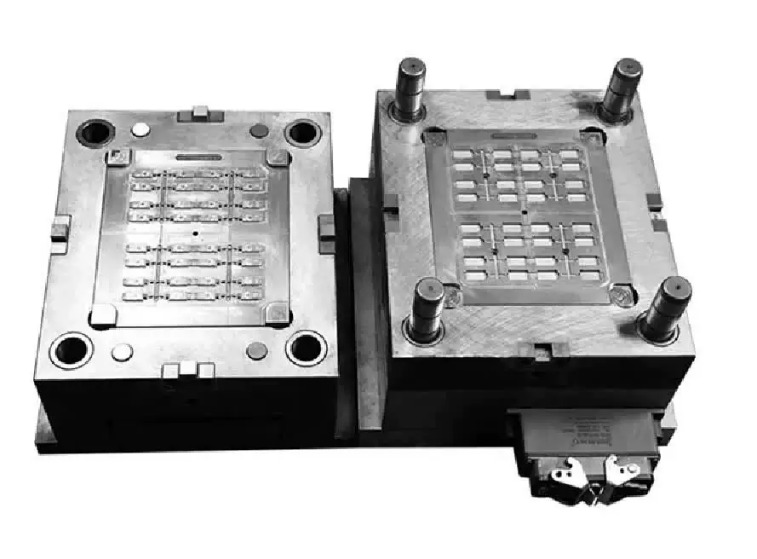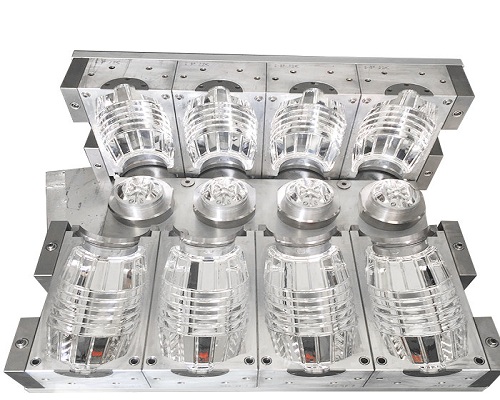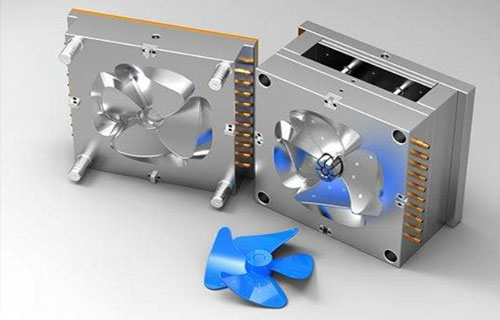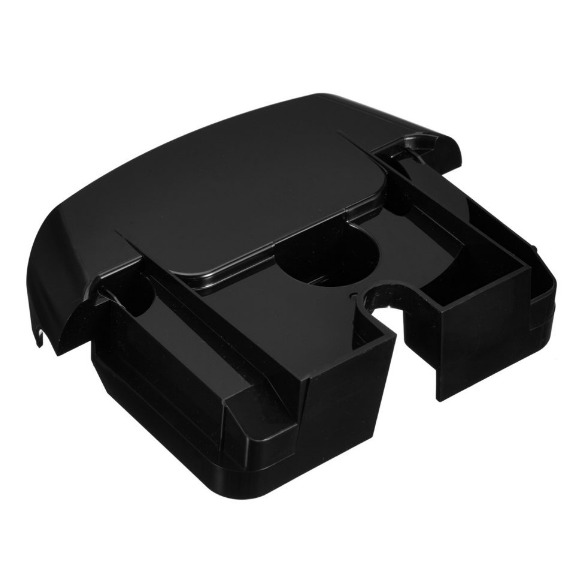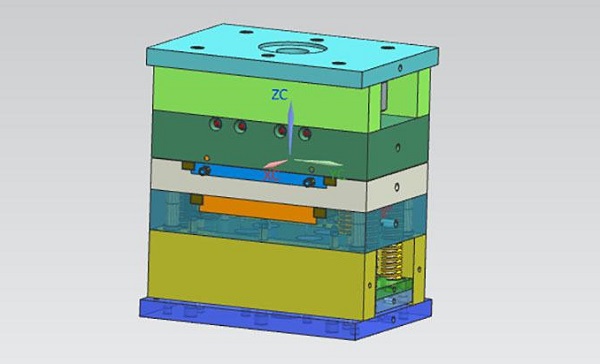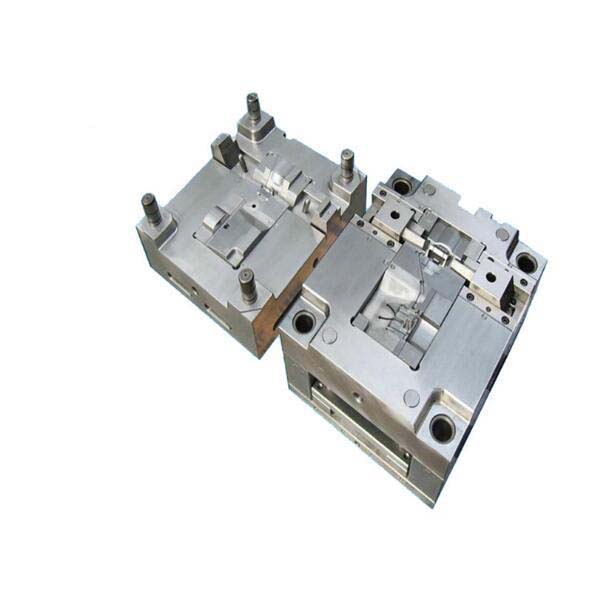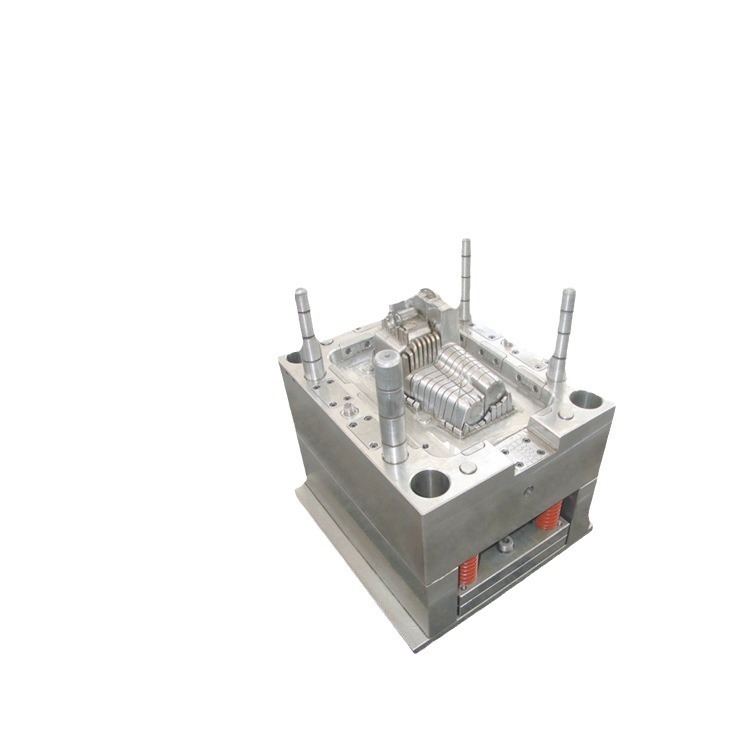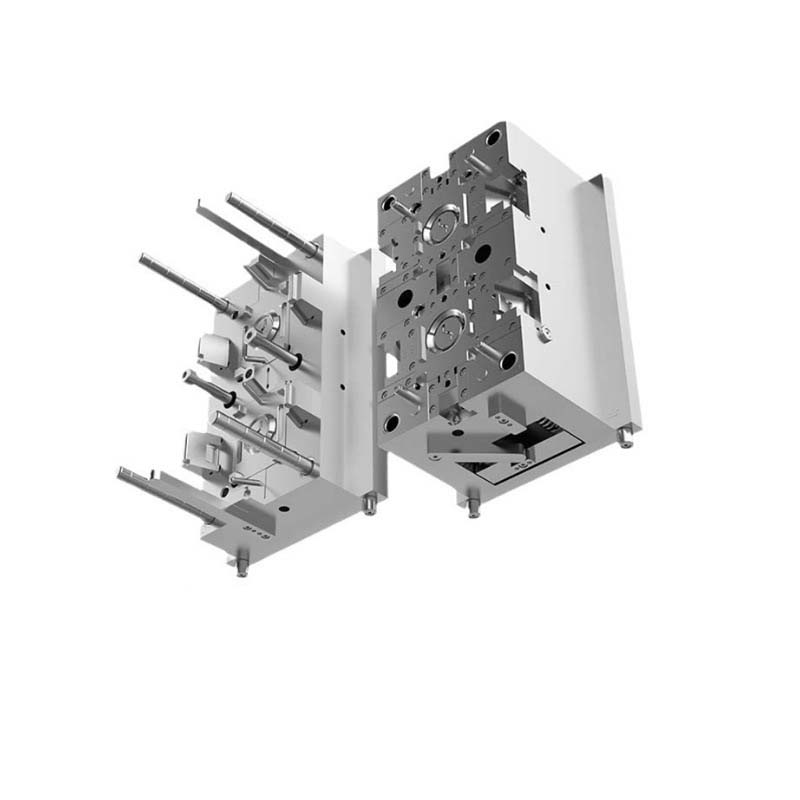Understanding the Prevalent Defects in Mold Processing
Mold processing is a complex and precise manufacturing process, yet it is often plagued by various defects. These defects not only undermine the quality of the molds but also have a negative impact on production efficiency and overall product performance. Here are some of the most common defects encountered in mold processing:
- Flash: Flash, also known as burrs, is a thin, excess material that forms around the edges of the mold. This defect occurs when the mold's parting surfaces do not fit together perfectly, allowing molten material to seep out during the injection or casting process. Flash not only affects the appearance of the final product but also requires additional post - processing steps, such as trimming or grinding, to remove. These extra steps increase production time and costs, and if not removed properly, flash can also cause problems during assembly, leading to misalignment or poor functionality of the finished product.
- Air Voids: Air voids, or porosity, are small pockets of air trapped within the mold cavity during the molding process. They can be caused by improper venting, high injection speeds, or the presence of moisture in the raw materials. Air voids weaken the structural integrity of the mold and the final product, making them more susceptible to cracking or breakage. In products where strength and durability are crucial, such as automotive parts or aerospace components, air voids can be a critical defect that renders the product unfit for use.
- Sink Marks: Sink marks are shallow depressions that appear on the surface of the molded part. They are typically caused by uneven cooling or shrinkage of the material during the solidification process. When the material cools faster in some areas than others, it shrinks more, resulting in a sink mark. Sink marks not only affect the aesthetics of the product but can also indicate underlying issues with the mold design or processing parameters. In applications where a smooth surface finish is required, such as consumer electronics or household appliances, sink marks can significantly reduce the product's marketability.
- Warpage: Warpage refers to the distortion or bending of the molded part from its intended shape. It is often caused by uneven cooling, excessive internal stresses, or improper mold design. Warpage can occur during the cooling phase of the molding process, as the material contracts and solidifies. If the mold does not allow for uniform cooling or if the material experiences uneven stress distribution, the part may warp. Warped parts can be difficult to assemble, and they may not meet the required dimensional tolerances, leading to functionality issues and potential product recalls.
- Short Shots: A short shot occurs when the molten material does not completely fill the mold cavity, resulting in an incomplete or under - filled part. This defect can be caused by insufficient injection pressure, low material temperature, or blockages in the runner system. Short shots not only result in wasted materials and production time but also require rework or scrapping of the defective parts. In high - volume production environments, short shots can significantly impact production efficiency and cost - effectiveness.
These common defects in mold processing can have far - reaching consequences for manufacturers, including increased production costs, reduced product quality, and potential customer dissatisfaction. Understanding the causes and effects of these defects is the first step towards implementing effective solutions to prevent and address them.
Strategies for Effective Resolution
Precision in Design
Optimizing mold design is fundamental to preventing defects. A well - designed mold can significantly reduce the occurrence of common issues such as flash, air voids, and warpage. For example, in a case of a plastic injection mold for manufacturing automotive interior components, the initial design had a complex parting surface that was difficult to align precisely. This led to a high incidence of flash, which not only increased post - processing costs but also affected the product's aesthetics.
By using advanced computer - aided design (CAD) software, the design team redesigned the mold. They simplified the parting surface, ensuring a more accurate fit between the mold halves. Additionally, they optimized the gating system to improve the flow of the molten plastic into the mold cavity. As a result, the flash problem was almost completely eliminated, and the production efficiency increased by 30%. This case clearly demonstrates that a rational mold design, with careful consideration of factors like parting surface design, gating system layout, and draft angles, is crucial for defect - free mold processing.
Optimal Parameter Tuning
Adjusting processing parameters is another key aspect of solving mold - processing defects. Different processing stages require specific parameter settings to ensure high - quality mold production.
- Injection Molding: For injection molding, the optimal injection pressure typically ranges from 50 - 150 MPa, depending on the type of plastic material and the complexity of the mold cavity. A study showed that when the injection pressure was increased from 80 MPa to 100 MPa for a certain thin - walled plastic part, the short - shot defect rate decreased from 20% to 5%. The injection speed usually varies from 30 - 80 mm/s. A higher injection speed can fill the mold cavity more quickly, but it may also introduce air voids. Therefore, it needs to be balanced with proper venting design.
- Die - Casting: In die - casting, the die - casting temperature for aluminum alloys is generally around 650 - 750°C. If the temperature is too low, the molten metal may not flow smoothly, leading to short shots and cold shuts. If it is too high, it can cause excessive gas absorption and porosity in the casting. The filling time usually ranges from 0.05 - 0.3 s, which also affects the quality of the castings.
By carefully tuning these parameters according to the specific requirements of the mold and the material being processed, manufacturers can effectively reduce defect rates and improve the quality of the final products.
Material Selection Mastery
Selecting the right raw materials is essential for mold processing. Different materials have different properties, which can have a significant impact on the quality of the mold and the final product.
- Steel for Metal Molds: For metal molds, different types of steel are available. For example, P20 steel is a commonly used pre - hardened plastic mold steel. It has good machinability and polishing properties, making it suitable for molds with medium - to - high surface finish requirements. However, its wear resistance is relatively moderate. In contrast, H13 steel, a hot - work tool steel, has excellent heat resistance, high temperature strength, and good thermal fatigue resistance. It is often used for die - casting molds and hot - forging molds that operate under high - temperature and high - stress conditions.
- Plastics for Plastic Molds: When it comes to plastic molds, materials like ABS (Acrylonitrile Butadiene Styrene) are known for their good impact resistance, dimensional stability, and ease of processing. They are suitable for a wide range of applications, from consumer electronics to automotive parts. On the other hand, PEEK (Polyether Ether Ketone) is a high - performance engineering plastic with outstanding heat resistance, chemical resistance, and mechanical strength. Although it is more expensive, it is ideal for molds used in aerospace or medical applications where high - performance materials are required.
Manufacturers should consider factors such as the mold's application, the properties of the materials to be processed, and the production volume when choosing raw materials. This ensures that the selected material not only meets the quality requirements but also provides cost - effectiveness in the long run.
Yigu Technology's Perspective
As a non - standard plastic metal products custom supplier, Yigu Technology has accumulated rich experience in dealing with mold - processing defects. We firmly believe that a combination of advanced technology and strict quality control is the key.
In our practice, we always start with in - depth communication with customers. By fully understanding their product requirements, we can carry out more targeted mold design, which greatly reduces the possibility of defects caused by design flaws. For example, when customizing a plastic part with complex structures for a customer, we optimized the gating system and cooling channels in the design stage according to the product's shape and function requirements, effectively preventing sink marks and warpage.
During the processing, we use high - precision equipment and strictly control processing parameters. Our quality inspection team conducts multiple - stage inspections, from raw material inspection to semi - finished product and final product inspection, to ensure that any potential defect is detected and resolved in a timely manner. This comprehensive approach has enabled us to maintain a high - quality mold - processing service and meet the diverse needs of our customers.

